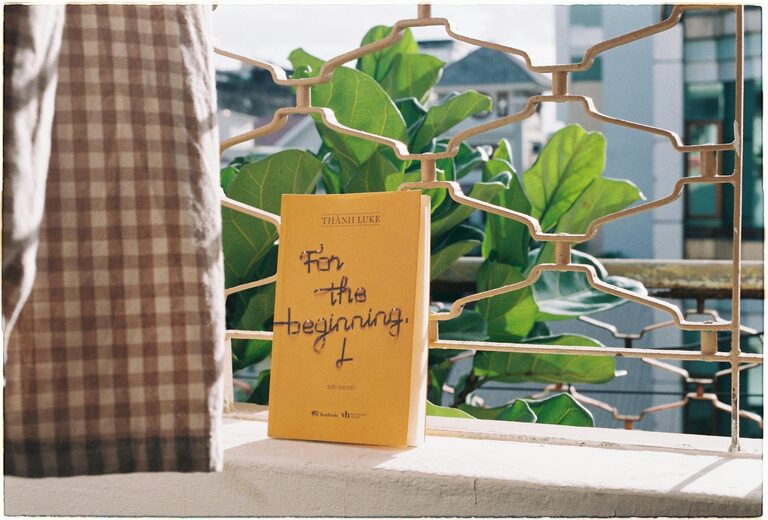Simple Mindfulness Practices to Enhance Your Daily Life

In today’s fast-paced world, finding moments of calm and clarity can feel challenging. Mindfulness—a simple practice of being present and fully engaged with the here and now—offers a refreshing way to reduce stress, boost mental clarity, and enrich daily life. The great news? You don’t need special equipment or hours of time to practice mindfulness. Small, intentional acts throughout your day can make a significant difference.
In this post, we’ll explore simple mindfulness practices you can easily incorporate into your daily routine.
What is Mindfulness?
Mindfulness means paying attention, on purpose, to the present moment without judgment. It is about noticing what is happening around and within you—your thoughts, feelings, body sensations, and environment—with curiosity and acceptance. This awareness helps you respond to life’s challenges with greater calmness and clarity rather than reacting out of habit or stress.
Why Practice Mindfulness?
Regular mindfulness practice can:
– Reduce anxiety and stress
– Improve focus and concentration
– Enhance emotional resilience
– Promote better sleep and relaxation
– Foster greater self-awareness and empathy
Even just a few minutes a day can bring these benefits.
Simple Mindfulness Practices to Try Today
1. Mindful Breathing
Focus your attention on your breath—the natural rhythm of inhalations and exhalations.
– Find a comfortable sitting position.
– Close your eyes if you wish, and take a slow, deep breath in through your nose.
– Notice the air filling your lungs.
– Gently exhale through your mouth or nose.
– If your mind wanders, gently bring it back to the breath.
Try this for 2-5 minutes whenever you need a quick reset.
2. Mindful Eating
Turn off distractions like TV or phones during meals and truly savor your food.
– Look at your meal’s colors and textures.
– Notice the aroma as you bring a bite to your mouth.
– Chew slowly, paying attention to flavors and sensations.
– Appreciate the nourishment your food provides.
This practice helps you enjoy food more and can improve digestion.
3. Body Scan
This technique brings awareness to different parts of your body and promotes relaxation.
– Lie down or sit comfortably.
– Close your eyes and take a few deep breaths.
– Starting at your toes, slowly bring attention to each part of your body.
– Notice any tension or sensations without trying to change them.
– Move upward through your legs, torso, arms, and head.
Spend about 5-10 minutes on the scan to release physical tension.
4. Mindful Walking
Turn a regular walk into an opportunity to connect with the present moment.
– Walk slowly and pay attention to the feeling of your feet touching the ground.
– Notice the movements of your legs and arms.
– Observe the sights, sounds, and smells around you.
– Try to stay engaged with your steps instead of letting your mind drift.
Even a 5-minute mindful walk can refresh your energy.
5. Five Senses Exercise
Ground yourself by focusing on your immediate sensory experience.
– Pause and identify:
– 5 things you can see
– 4 things you can touch
– 3 things you can hear
– 2 things you can smell
– 1 thing you can taste
This quick exercise can reduce anxiety and bring your mind to the present.
6. Mindful Journaling
Reflecting on your thoughts and feelings in a non-judgmental way fosters self-understanding.
– Set aside a few minutes daily or weekly.
– Write down what you notice about your emotions, experiences, or physical sensations.
– Focus on describing rather than analyzing or judging.
– Use journaling as a way to track progress or simply clear your mind.
7. Mindful Pause
Throughout your day, set gentle reminders to stop and be present.
– Take a moment before starting a task, responding to an email, or entering a meeting.
– Take a few mindful breaths.
– Check in with your current state—physically and mentally.
– Proceed with awareness rather than autopilot.
This builds mindfulness into your routine seamlessly.
Tips for Building a Mindfulness Habit
– Start small. Even 1-2 minutes daily can make a difference.
– Be kind to yourself. Mindfulness is about awareness, not perfection.
– Choose practices that feel natural and enjoyable to you.
– Use apps or timers to remind yourself.
– Join a group or class if you want guidance and support.
– Experiment with different practices to see what works best.
Conclusion
Mindfulness is a valuable tool to bring greater peace, focus, and joy into daily life. By integrating simple practices like mindful breathing, eating, walking, and journaling, you create space to slow down and fully experience the present moment. Over time, these small steps can nurture a more mindful, balanced lifestyle.
Remember, mindfulness is a journey rather than a destination—each moment you choose awareness, you’re building a healthier, more centered life. Why not start today?
